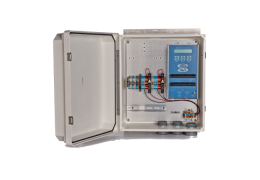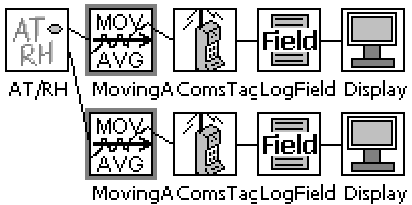
Important: Each output from a multichannel sensor must be configured separately (see Multichannel Sensor).

|
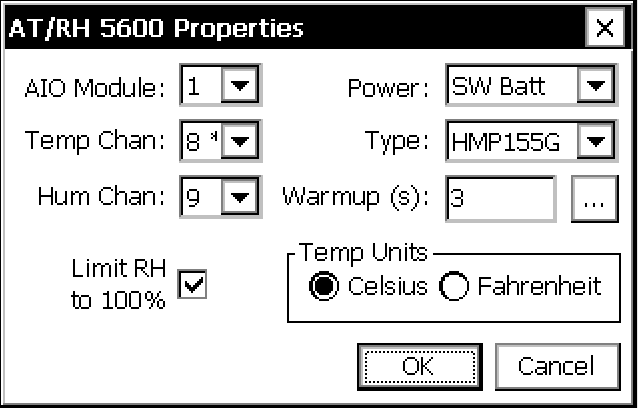
|
|

|

|
|

|
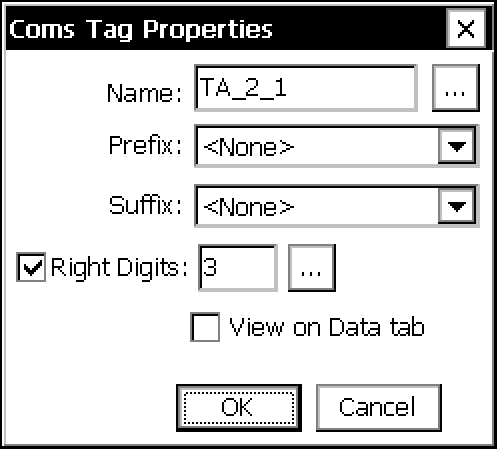
|
|

|
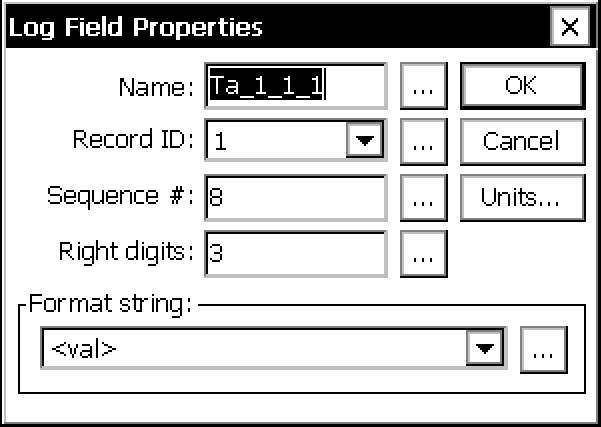
|
|

|
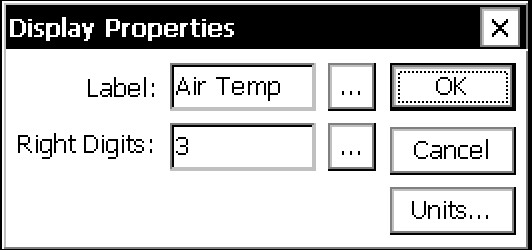
|
The Display block is used select data that gets displayed on the I2C Display. The data displayed is the last measured value for the block connected to the display block. The data is displayed at the requested precision (right digits) with the selected Label. |

|

|
Units for this channel of the HMP155 are C (degrees C). |

|

|
|

|
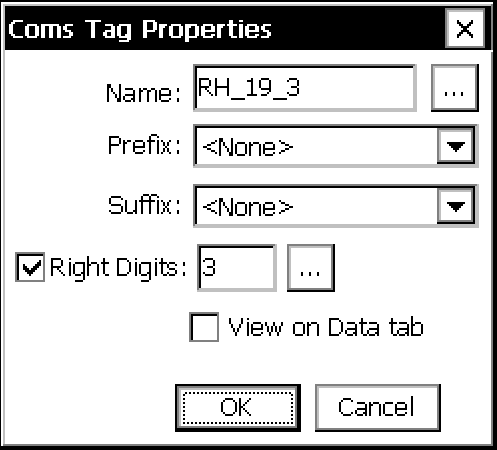
|
|

|
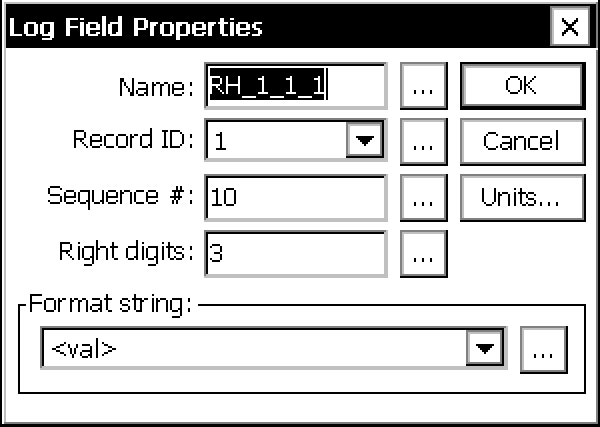
|
|

|
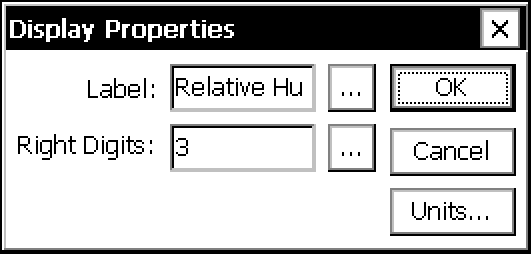
|
The Display block is used select data that gets displayed on the I2C Display. The data displayed is the last measured value for the block connected to the display block. The data is displayed at the requested precision (right digits) with the selected Label. |

|
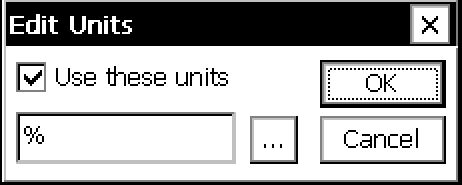
|
Units of relative humidity are recorded as %. |
